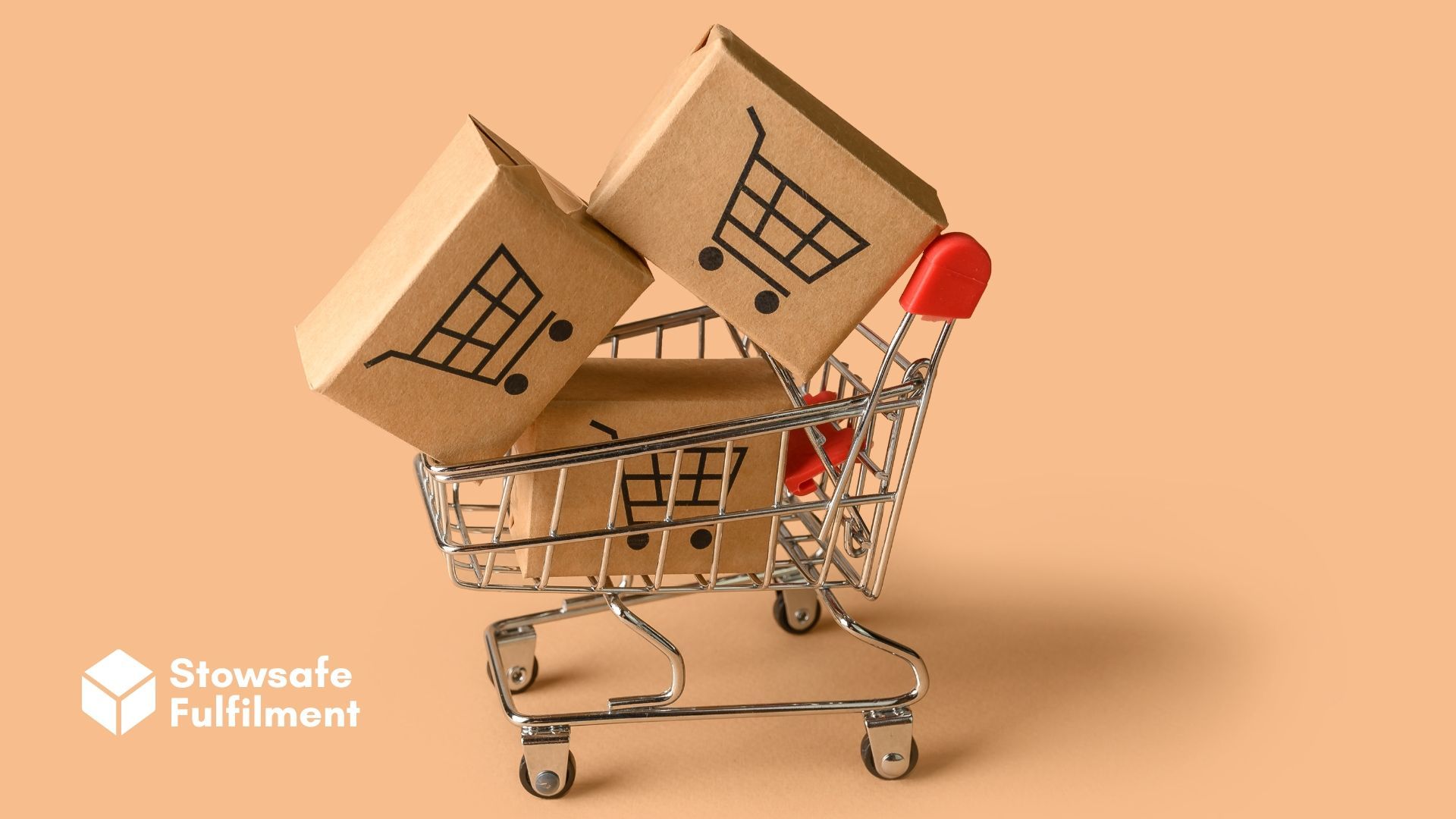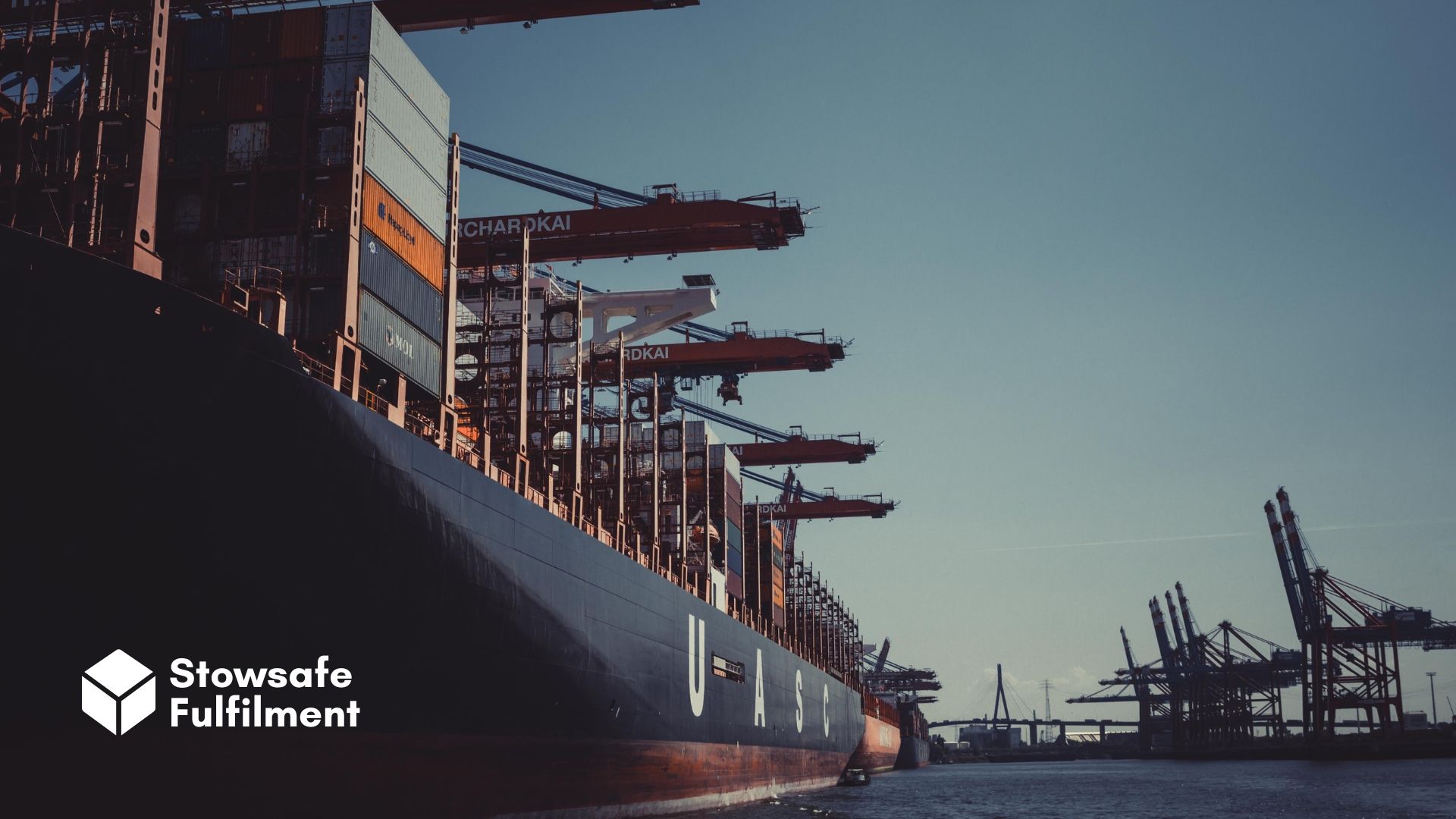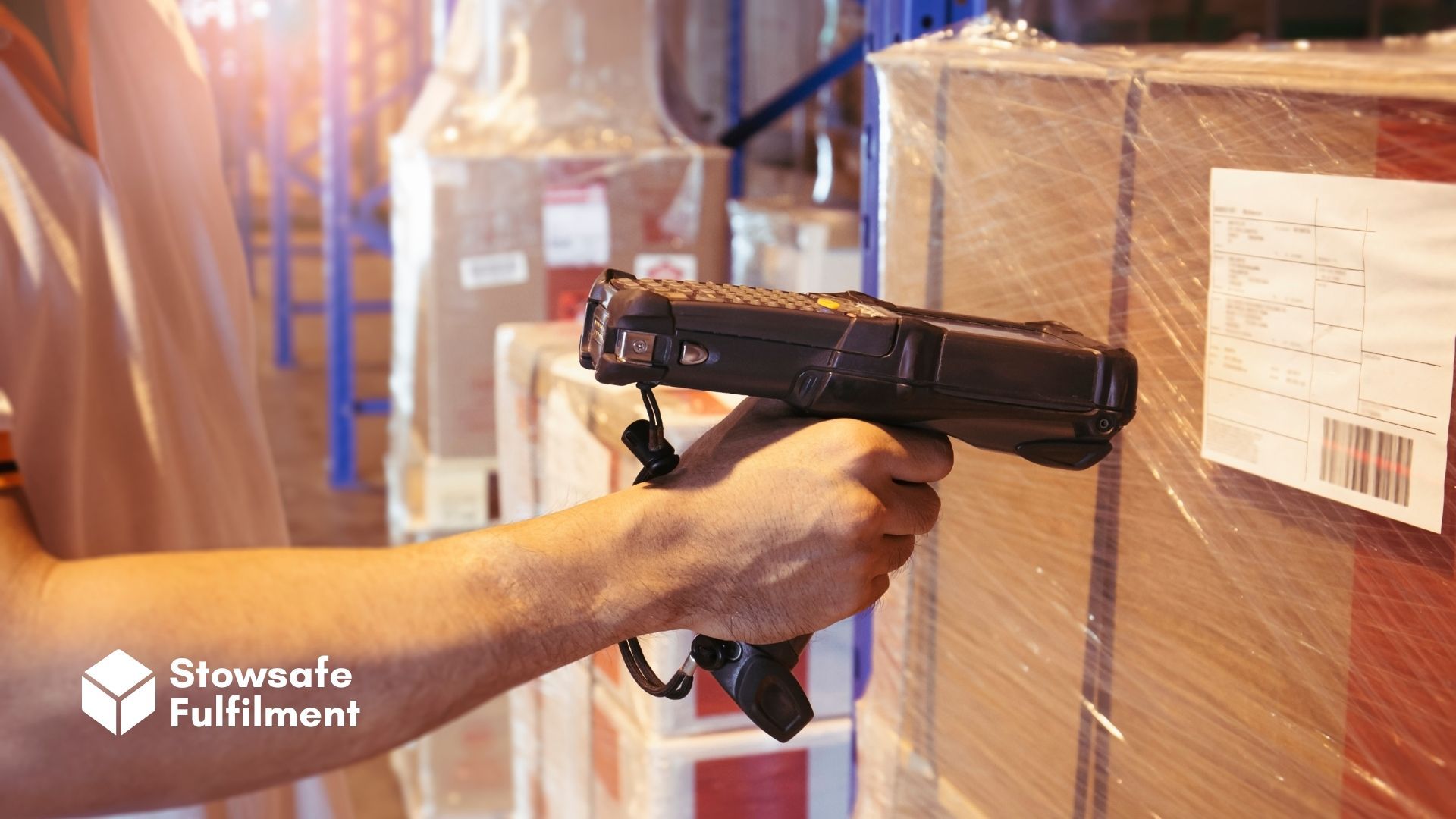If you're shipping overseas, you're faced with a choice: sea freight or air freight. In this article, we break down the advantages and disadvantages of each.

Is your eCommerce store shipping overseas? Or perhaps you're just beginning to expand outside the UK? Either way, you'll need to choose between sea freight and air freight.
Naturally, you're going to be looking at your bottom line – and if that's the only factor, the answer is simple. Sea freight wins (almost) every time. But there are some other factors you might want to take into account.
Both methods have their advantages and disadvantages – and there may be factors specific to your industry that we've missed. Nevertheless, we hope this post will help you choose the best way to get your goods from A to B.
Advantages of air freight
Let's start with the obvious. Planes are fast – faster than boats.
Even
the Spirit of Australia, the speedboat that set the world water speed record, can only go at 317.596 miles per hour – and besides, it's not really big enough for cargo.
While international customers can be forgiving about long delivery times, you may want to prioritise speed of delivery to keep them onside. In this round of the competition, air freight always wins out.
As well as this, some goods need to be shipped quickly – fruit and veg, for instance, or other perishables.
Air freight is also highly secure. Airports have all manner of safety controls in place to ensure cargo is transported undamaged. After all, it's in their interests to avoid having to compensate for damaged goods.
As your business expands, so too will the destinations you need to ship to. Anybody who's looked at the departures board in a major airport will know how incredibly well-connected urban centres are these days – and this is great for business. It means that you don't have to set limits on where you can deliver to.
And although the pandemic has created disruption in airports, the transport of goods remains the most reliable method in terms of departure and arrival times.
Most air freight services depart regularly – so if your shipment gets landlocked because of the weather or air traffic, it should be off before too long.
Disadvantages of air freight
The speed and flexibility we mentioned above come at a price – literally. Air freight is typically way more costly than sea freight.
This is partly because planes require more fuel – which brings us to our next point. The carbon emissions produced by planes far, far exceed those of boats. Leaving aside the moral dimensions of this, many customers want their brands to be committed to sustainability – and sea freight is one way of demonstrating this.
Again, let's state the obvious: planes are smaller than cargo boats. You can only fit so much in, so space is at a premium. What this means for you is that you're likely to be subject to some weight and size limitations.
Finally, there's the flip side of air freight's reliability. Sure, services are regular, but if there is bad weather, it's a real pain – especially if it lasts a few days.
Remember: customers have high expectations. If they're ordering from overseas they might forgive some delay, but they might not be so understanding if it's a week or more late.
Advantages of sea freight
Shipping by boat is the more economical of the two methods. Basically, it costs less. This means you can ship goods in larger quantities, which may be what you're looking for as your business grows.
Where planes tend to restrict the size and weight of cargo, ships are much more flexible. It's no surprise – they're designed to carry large quantities. You can drive your car onto one, for goodness' sake.
This makes sea freight ideal for companies that are shipping bulky items. And if you're shipping a mix of big and small, sea freight allows you to mix and match in shipping containers.
Shipping is better for the environment – and at a time when there's pressure on businesses to cut their emissions, this is a big selling point for sea freight. But it still has a
major environmental impact.
The containers used in shipping are hard as nails. Have you seen those things? Good luck breaking into or even denting one of them. We're not saying that plane cargo is flimsy, but shipping containers give you extra peace of mind.
Disadvantages of sea freight
Sea freight is
slow. That's all to the good if you're tootling around the Caribbean on a cruise liner, but if keeping the customer satisfied is your top priority, you might be less keen. It can take a month or two door to door – and if a competitor is getting things there in a week, you could lose custom.
You can hop on a plane to pretty much any major city, but not all countries have the necessary infrastructure to receive and unload your shipping containers.
And, of course, your delivery journey doesn't end at the port. You then need to arrange a further journey to warehouses and customers. This adds logistical complexity.
As with planes, ships are vulnerable to bad weather. In the event of extreme weather, your shipment could get stuck for longer than your customers will tolerate – and where planes are often rerouted on the same day, cargo ships can take a lot longer.
Remember when the Suez Canal was blocked for six days by a mega-container ship?
One estimate put the cost of the blockage at $400 million an hour. Sure, that was a freakishly long and stubborn disruption to international trade, but it underlines the point that when things go wrong at sea, it can take longer to fix than in the air.
Finally, sea freight isn't such a good option if you're shipping smaller amounts of goods.
At Stowsafe Fulfilment, we provide fast, hassle-free global delivery and offer same-day dispatch with trusted couriers. If you're looking to
outsource fulfilment, get in touch and we'll put a plan together that's laser-focused on your needs and goals.
All Rights Reserved | Stowsafe Fulfilment














